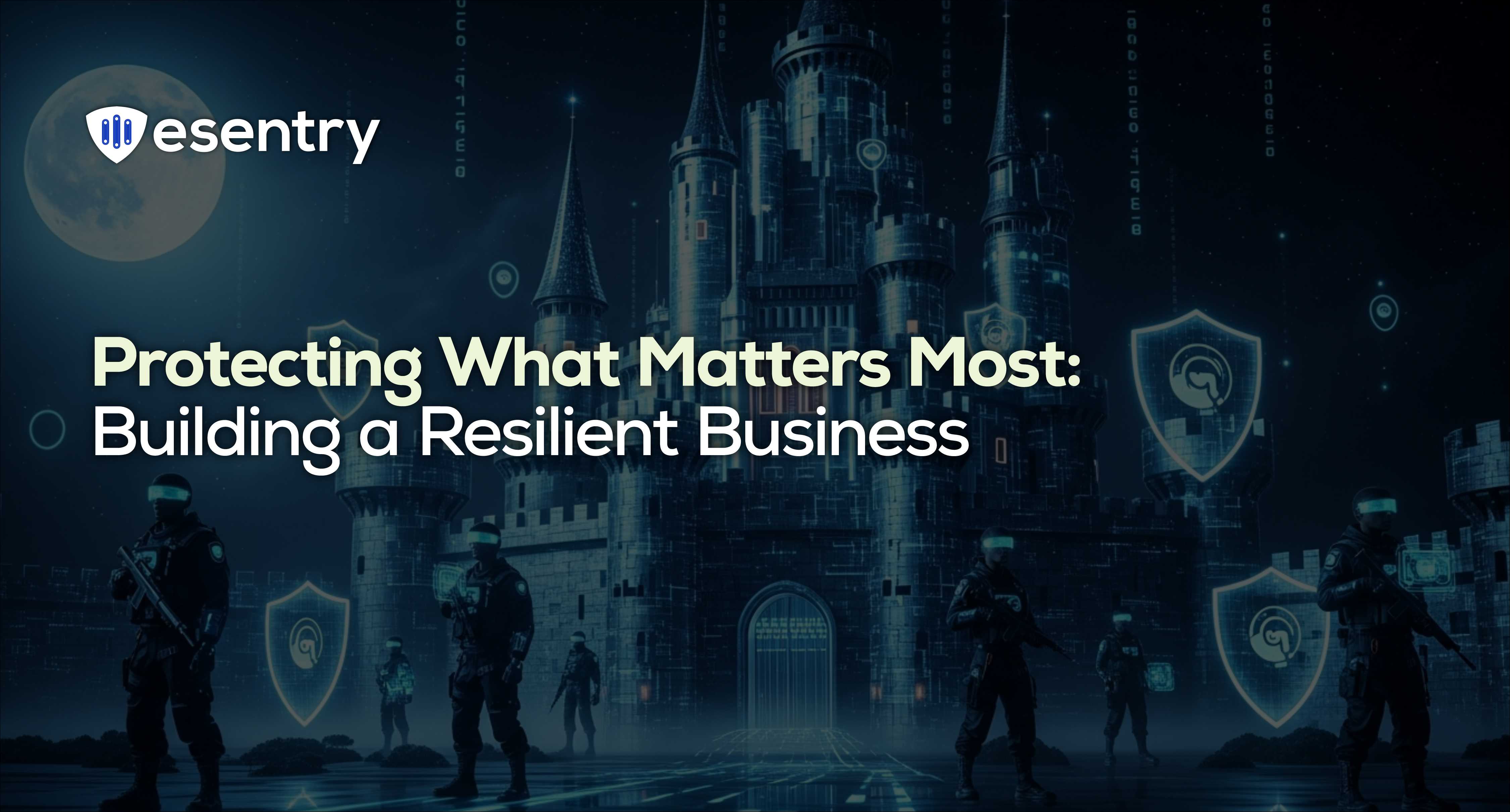Adapting Defenses in Real Time
Attackers rarely repeat the same playbook twice. Once a phishing lure, ransomware payload, or lateral movement technique is detected widely, they shift tactics. Static defenses struggle to keep up, leaving organizations exposed.
Resilient businesses accept this reality and design defenses that adapt in real time.
Why Static Defenses Fall Short
- Evolving techniques: Malware strains change daily, and phishing lures are crafted to look increasingly legitimate.
- Lagging signatures: Fixed rules only stop yesterday’s threats.
- Delayed response: If detection happens too late, even small breaches turn costly.
Core Elements of Adaptive Defense
- Zero Trust Security - Every user, device, and request must be continuously verified. No implicit trust.
- Continuous Monitoring - Telemetry from endpoints, servers, and cloud services provides early warning of abnormal activity.
- Endpoint Detection and Response (EDR/XDR) - Modern tools not only detect unusual behavior but can automatically isolate compromised systems before attackers spread.
- Dynamic Response Playbooks - Effective teams rely on tested playbooks that guide containment and recovery. These evolve with each incident.
🔗 Watch our expert panel on building resilience

Recovering Fast, Minimizing Impact
Even the strongest defenses can be breached. Attackers only need one overlooked vulnerability, one trusted user tricked, or one unpatched system to gain a foothold. That’s why resilience isn’t just about blocking threats, it’s about how quickly you can recover when they succeed.
Why Recovery Defines Resilience
- Incidents are inevitable: No system is perfect. Cloud misconfigurations, human error, or targeted campaigns will eventually slip through.
- Time equals cost: The longer recovery takes, the greater the operational disruption, revenue loss, and reputational fallout.
- Preparedness pays off: Organizations that plan and practice recovery consistently contain damage better than those improvising under pressure.
Core Elements of Effective Recovery
- Reliable Backups: Tested, encrypted, and regularly updated backups provide the safety net to restore critical data without paying ransoms. The key is testing; backups that fail under stress are useless.
- Disaster Recovery (DR) Plans: Documented procedures that define how operations continue during outages. Strong DR strategies prioritize business-critical systems and establish clear recovery time objectives (RTOs) and recovery point objectives (RPOs).
- Incident Response Playbooks: Step-by-step guides that walk teams through containment, eradication, and recovery phases. Mature organizations rehearse these playbooks through tabletop exercises and live simulations.
- Ransomware Response: Rapid isolation of infected systems, communication protocols for stakeholders, and legal guidance on ransom decisions. Firms that prepare in advance navigate ransomware with far less uncertainty.
- Communication: Recovery isn’t just technical, it’s reputational. Clear, timely, and honest communication can make the difference between preserving trust and losing it. When incidents occur, businesses must know who to inform, what to say, and when to say it.
- Customers and partners need reassurance that you’re in control and transparent about next steps.
- Employees need guidance to avoid confusion or misinformation.
- Regulators expect compliance with reporting requirements and disclosure timelines.
Organizations that plan their communication strategy alongside their technical response minimize reputational fallout and maintain credibility, even amid disruption.
Lessons From the Real World
- The Bounce-Back: A global logistics firm hit by ransomware was able to resume critical operations within 36 hours. Why? They had segmented networks, tested backups, and ran quarterly recovery drills.
- The Breakdown: A regional healthcare provider lost weeks of operations after attackers encrypted patient data. Investigations revealed backups were outdated and untested, forcing reliance on ransom negotiations that further eroded trust.
These contrasting outcomes highlight a simple truth: resilience is built before the breach.
Key Takeaway
Adaptive defense turns each incident into a lesson that strengthens the organization. For businesses, recovery should be priority. The speed and effectiveness of recovery efforts determine whether an incident is a temporary disruption or a long-term crisis.
Organizations that invest in tested backups, clear continuity planning, strong communication strategies, and practiced response playbooks can absorb shocks and protect what matters most: people, trust, and business continuity.
🔗 Watch our expert panel on building resilience



.jpeg)
.jpeg)
.jpeg)


.png)
.png)